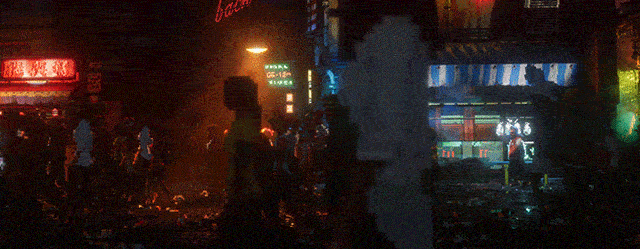
Use 2d sprites in a 3d bevy scene.
This is a pretty common setup in other engines (unity, godot, etc). Useful for:
- 2d games using bevy's lighting (orthographic camera, 3d sprites)
- 2d games with easier parallax and scale (perspective camera, 3d sprites)
- 2d games in a 3d world (perspective camera, both 3d sprites and meshes)
- 3d games with billboard sprites (a la
Delver)
Both meshes and materials are internally cached, so this crate can be used for things like tilemaps without issue.
Example using bevy_sprite3d:

Some more examples. These don't use bevy, but demonstrate the effect style:



Check out the examples for more details. TLDR: initialize the plugin with
rust
app.add_plugin(Sprite3dPlugin)
and spawn sprites with
```rust
fn setup(
mut commands: Commands,
images: Res
// ----------------------- Single Static Sprite ----------------------------
commands.spawn_bundle(Sprite3d {
image: images.sprite.clone(),
pixels_per_metre: 400.,
partial_alpha: true,
unlit: true,
..default()
// transform: Transform::from_xyz(0., 0., 0.),
// pivot: Some(Vec2::new(0.5, 0.5)),
}.bundle(&mut sprite_params));
// ------------------- Texture Atlas (Sprite Sheet) ------------------------
commands.spawn_bundle(AtlasSprite3d {
atlas: images.sprite_sheet.clone(),
pixels_per_metre: 32.,
partial_alpha: true,
unlit: true,
index: 3,
..default()
// transform: Transform::from_xyz(0., 0., 0.),
// pivot: Some(Vec2::new(0.5, 0.5)),
}.bundle(&mut sprite_params));
} ```
One small complication: your image assets should be loaded prior to spawning,
as bevy_sprite3d uses some properties of the image (such as size and aspect ratio)
in constructing the 3d mesh.
To that end, the examples use
bevy_asset_loader for
simplicity. This is far from the only way to do it, but it provides a nice
template to get started.
| bevy version | bevy_sprite3d version |
| -------------- | ----------------------- |
| 0.9 | 2.1 |
| 0.8 | 2.0 |
| 0.8 | 1.1 |
| 0.7 | 1.0 |